Home>Gardening & Outdoor>Landscaping Ideas>What Type Of Grass Is Used For Football Fields
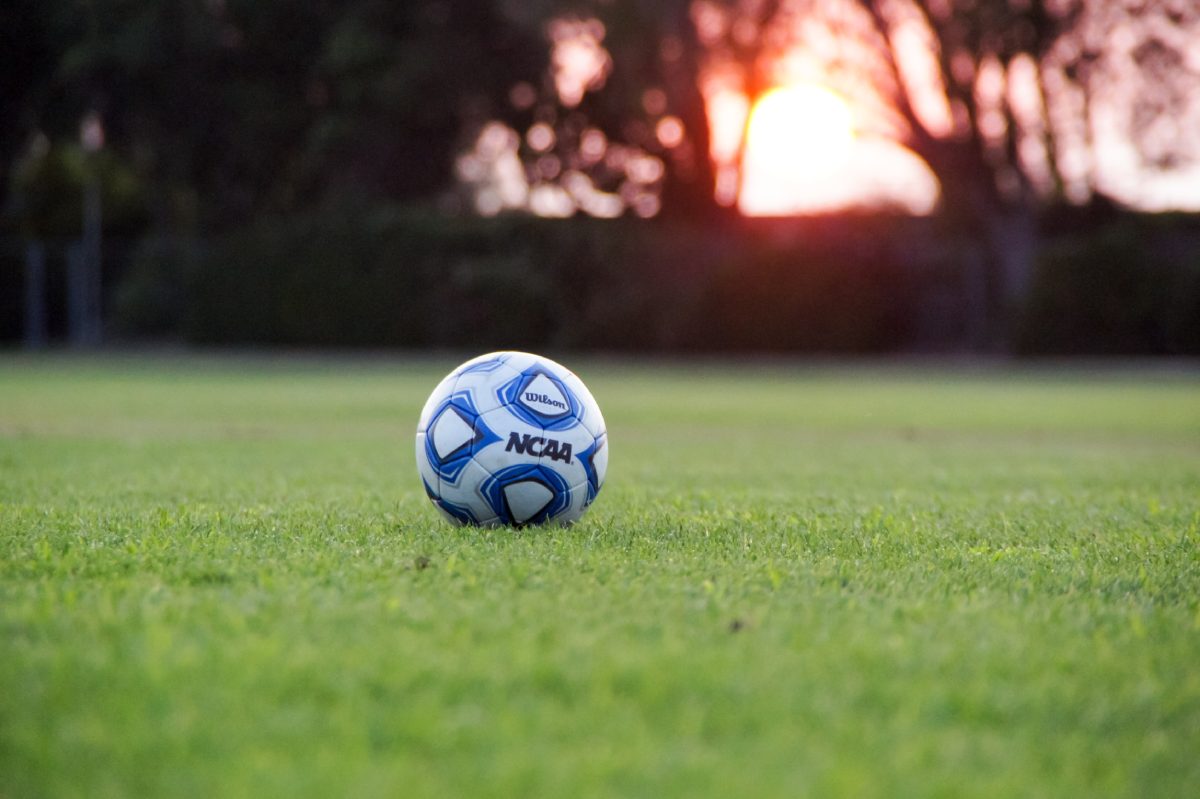

Landscaping Ideas
What Type Of Grass Is Used For Football Fields
Published: January 28, 2024
Discover the best type of grass for football fields and get landscaping ideas to create a durable and attractive playing surface. Find out which grass varieties are ideal for sports fields.
(Many of the links in this article redirect to a specific reviewed product. Your purchase of these products through affiliate links helps to generate commission for Storables.com, at no extra cost. Learn more)
Introduction
When it comes to the game of football, the playing surface is of paramount importance. The type of grass used on football fields can significantly impact the game, affecting ball movement, player safety, and overall playing conditions. As such, choosing the right type of grass for football fields requires careful consideration of various factors, including climate, maintenance requirements, and durability.
In this article, we will delve into the world of football field grass, exploring the different types commonly used, their respective benefits and drawbacks, and essential maintenance tips to keep the playing surface in top condition. Whether you’re a groundskeeper, a football enthusiast, or simply curious about the intricacies of maintaining a pristine football field, this comprehensive guide will provide valuable insights into the world of football field grass.
Key Takeaways:
- Choosing the right grass for football fields is crucial for player safety and optimal gameplay. Factors like climate, wear tolerance, and maintenance requirements must be considered for a resilient playing surface.
- Different grass types, from Bermuda to Kentucky bluegrass, offer unique benefits and drawbacks. Understanding these characteristics helps field managers make informed decisions for football fields in diverse climates and usage intensities.
Read more: What Is Fake Grass On Football Fields
Factors to Consider When Choosing Grass for Football Fields
Several crucial factors come into play when selecting the most suitable grass for football fields. These factors can significantly impact the performance, safety, and overall quality of the playing surface. Here are the key considerations:
- Climate: The local climate plays a pivotal role in determining the type of grass that will thrive on a football field. Factors such as temperature, sunlight exposure, and precipitation levels must be taken into account to ensure that the chosen grass species can flourish in the given environment.
- Wear Tolerance: Football fields endure substantial wear and tear due to the rigorous nature of the sport. Therefore, the selected grass should exhibit exceptional wear tolerance to withstand heavy foot traffic, frequent ball rolls, and player movements without succumbing to damage.
- Recovery Rate: The ability of the grass to recover from damage is crucial for maintaining a consistently smooth and safe playing surface. Grass varieties with a rapid recovery rate can swiftly regenerate and heal from the stresses imposed by football activities.
- Playability: The playability of the grass refers to its impact on the game, including ball roll, traction, and overall surface firmness. The chosen grass should offer a balance of firmness and traction to facilitate optimal gameplay without impeding player movements.
- Maintenance Requirements: Different grass species have varying maintenance needs, such as mowing frequency, irrigation demands, and fertilization schedules. Considering the resources and expertise available for field maintenance is crucial in selecting grass that aligns with the maintenance capabilities of the facility.
By carefully evaluating these factors, groundskeepers and field managers can make informed decisions regarding the most suitable grass for football fields, ensuring optimal playing conditions and longevity of the playing surface.
Types of Grass Used for Football Fields
Several grass species are commonly used on football fields, each with its unique characteristics and suitability for specific environments. The following are some of the most prevalent types of grass utilized for football fields:
- Bermuda Grass: Known for its exceptional wear tolerance and ability to thrive in warm climates, Bermuda grass is a popular choice for football fields in regions with hot summers. Its rapid growth and quick recovery make it well-suited for high-traffic sports fields.
- Kentucky Bluegrass: Renowned for its dense, lush appearance and excellent cold tolerance, Kentucky bluegrass is favored for football fields in cooler climates. It provides a smooth playing surface and withstands moderate to heavy use, making it a versatile option for various regions.
- Perennial Ryegrass: Often used for overseeding warm-season grasses, perennial ryegrass offers quick establishment and a vibrant green color. It is frequently incorporated into football field mixtures to enhance the playing surface’s durability and visual appeal, especially during the cooler months.
- Tall Fescue: With its deep root system and robust nature, tall fescue excels in withstanding drought conditions and heavy use. It is a popular choice for football fields in transition zones and regions with challenging growing environments, offering resilience and adaptability.
- Celebration Bermuda Grass: This warm-season grass variety is celebrated for its rapid regrowth, exceptional wear tolerance, and vibrant color. It thrives in hot climates and is well-suited for football fields that experience intense use and require a resilient playing surface.
Each type of grass brings its unique advantages and considerations, and the selection depends on factors such as climate, maintenance capabilities, and the specific requirements of the football field. By understanding the characteristics of these grass varieties, field managers can make informed choices to ensure optimal playing conditions for athletes and spectators alike.
The most common type of grass used for football fields is Bermuda grass. It is known for its durability, ability to withstand heavy foot traffic, and its ability to recover quickly from damage.
Benefits and Drawbacks of Different Types of Grass
Understanding the distinct advantages and limitations of various grass types is essential for making informed decisions when selecting the most suitable option for football fields. Here’s a closer look at the benefits and drawbacks associated with different types of grass commonly used on football fields:
- Bermuda Grass:
Benefits: Bermuda grass offers exceptional wear tolerance, rapid recovery, and excellent heat tolerance, making it ideal for football fields in warm climates. Its ability to withstand heavy use and regenerate quickly contributes to a consistently resilient playing surface.
Drawbacks: While Bermuda grass thrives in warm environments, it may struggle in cooler climates and requires ample sunlight for optimal growth, posing challenges for football fields in shaded areas or regions with milder temperatures.
- Kentucky Bluegrass:
Benefits: Kentucky bluegrass presents a lush, dense appearance, providing an aesthetically pleasing playing surface. Its cold tolerance and ability to self-repair moderate damage make it a resilient choice for football fields in cooler climates.
Drawbacks: This grass type has a slower growth rate compared to warm-season varieties, and it may struggle in hot, arid conditions, necessitating careful maintenance and irrigation to sustain its vigor.
- Perennial Ryegrass:
Benefits: Perennial ryegrass offers rapid establishment, vibrant green color, and quick germination, enhancing the visual appeal of football fields. Its adaptability to various soil types and moderate wear tolerance make it a valuable component in grass mixtures.
Drawbacks: While perennial ryegrass excels in cooler temperatures, it may struggle in hot climates and exhibits lower heat tolerance compared to warm-season grasses, requiring careful consideration of local climate conditions.
- Tall Fescue:
Benefits: Tall fescue’s deep root system, drought tolerance, and resilience to heavy use make it a robust choice for football fields in transition zones and challenging growing environments. Its adaptability and low maintenance requirements contribute to its appeal.
Drawbacks: In regions with hot, humid summers, tall fescue may experience heat stress, necessitating additional care and monitoring to sustain its vigor during the warmer months.
- Celebration Bermuda Grass:
Benefits: Celebration Bermuda grass excels in warm climates, offering rapid regrowth, exceptional wear tolerance, and vibrant color. Its ability to thrive in intense sunlight and high-traffic conditions makes it a resilient choice for football fields in hot regions.
Drawbacks: Similar to other warm-season grasses, Celebration Bermuda grass may struggle in cooler climates and shaded areas, requiring ample sunlight and warmth to maintain its vitality.
By weighing the unique benefits and drawbacks of each grass type, field managers can make informed decisions based on the specific requirements and conditions of the football field, ensuring optimal playing conditions and long-term resilience.
Maintenance and Care Tips for Football Field Grass
Proper maintenance and care are essential for preserving the quality and playability of football field grass. By implementing effective strategies and adhering to a comprehensive maintenance regimen, groundskeepers can ensure that the playing surface remains resilient, visually appealing, and conducive to optimal gameplay. Here are key maintenance and care tips for football field grass:
- Regular Mowing: Maintain the grass at an appropriate height to promote healthy growth and uniformity. Regular mowing prevents thatch buildup and contributes to a consistent playing surface.
- Adequate Irrigation: Provide sufficient water to sustain the grass’s vitality, especially during dry spells. Proper irrigation supports root development and overall turf health.
- Fertilization: Implement a well-structured fertilization program to supply essential nutrients and promote vigorous growth. Tailor the fertilization schedule to the specific needs of the grass species and local soil conditions.
- Aeration: Periodic aeration alleviates soil compaction, enhances air circulation to the roots, and facilitates water absorption, fostering a robust and resilient turf.
- Weed Control: Vigilantly manage weed growth through targeted herbicide applications and proactive measures to prevent weed encroachment, preserving the integrity of the playing surface.
- Disease and Pest Management: Monitor the grass for signs of disease and pest infestations, promptly addressing any issues to prevent widespread damage and maintain turf health.
- Overseeding: Consider overseeding with suitable grass varieties to rejuvenate the playing surface, fill in bare areas, and enhance turf density, particularly in regions with cool-season grasses.
- Monitoring Traffic Patterns: Assess player traffic patterns and adjust maintenance practices accordingly to mitigate wear in high-traffic areas and ensure uniform turf coverage.
- Seasonal Adjustments: Tailor maintenance practices to align with seasonal variations, considering factors such as temperature, sunlight exposure, and growth patterns of the grass species.
By diligently adhering to these maintenance and care tips, field managers can uphold the integrity and performance of football field grass, providing athletes with a safe, resilient, and visually appealing playing surface for training and competitive matches. Consistent maintenance efforts contribute to the longevity and playability of the turf, enhancing the overall football experience for players and spectators alike.
Read more: What Type Of Grass Is Used For Soccer Fields
Conclusion
The selection and maintenance of grass on football fields play a pivotal role in shaping the playing experience and overall quality of the playing surface. By considering factors such as climate, wear tolerance, playability, and maintenance requirements, field managers can make informed decisions when choosing the most suitable grass for football fields. Each type of grass brings its unique benefits and considerations, catering to diverse environmental conditions and performance demands.
From the exceptional wear tolerance of Bermuda grass to the lush appearance of Kentucky bluegrass and the adaptability of tall fescue, the diverse array of grass types offers solutions for football fields in various climates and usage intensities. Understanding the distinct advantages and drawbacks of each grass type empowers groundskeepers to make strategic choices that align with the specific needs of the facility and the local environment.
Furthermore, the implementation of comprehensive maintenance and care practices is essential for sustaining the vitality, resilience, and playability of football field grass. Regular mowing, proper irrigation, fertilization, aeration, and proactive weed and pest management are integral components of a robust maintenance regimen that upholds the quality of the playing surface.
Ultimately, the meticulous selection and diligent maintenance of grass on football fields contribute to the safety, performance, and aesthetic appeal of the playing surface, enhancing the overall football experience for athletes and spectators. By prioritizing the health and resilience of the turf, field managers uphold the standards of playability and ensure that football fields remain conducive to the exhilarating and competitive nature of the sport.
With a deep understanding of the factors influencing grass selection, the characteristics of different grass types, and the best practices for maintenance, field managers are equipped to create and maintain football fields that meet the highest standards of playability, safety, and visual appeal, enriching the essence of football as a sport and a communal passion.
Frequently Asked Questions about What Type Of Grass Is Used For Football Fields
Was this page helpful?
At Storables.com, we guarantee accurate and reliable information. Our content, validated by Expert Board Contributors, is crafted following stringent Editorial Policies. We're committed to providing you with well-researched, expert-backed insights for all your informational needs.
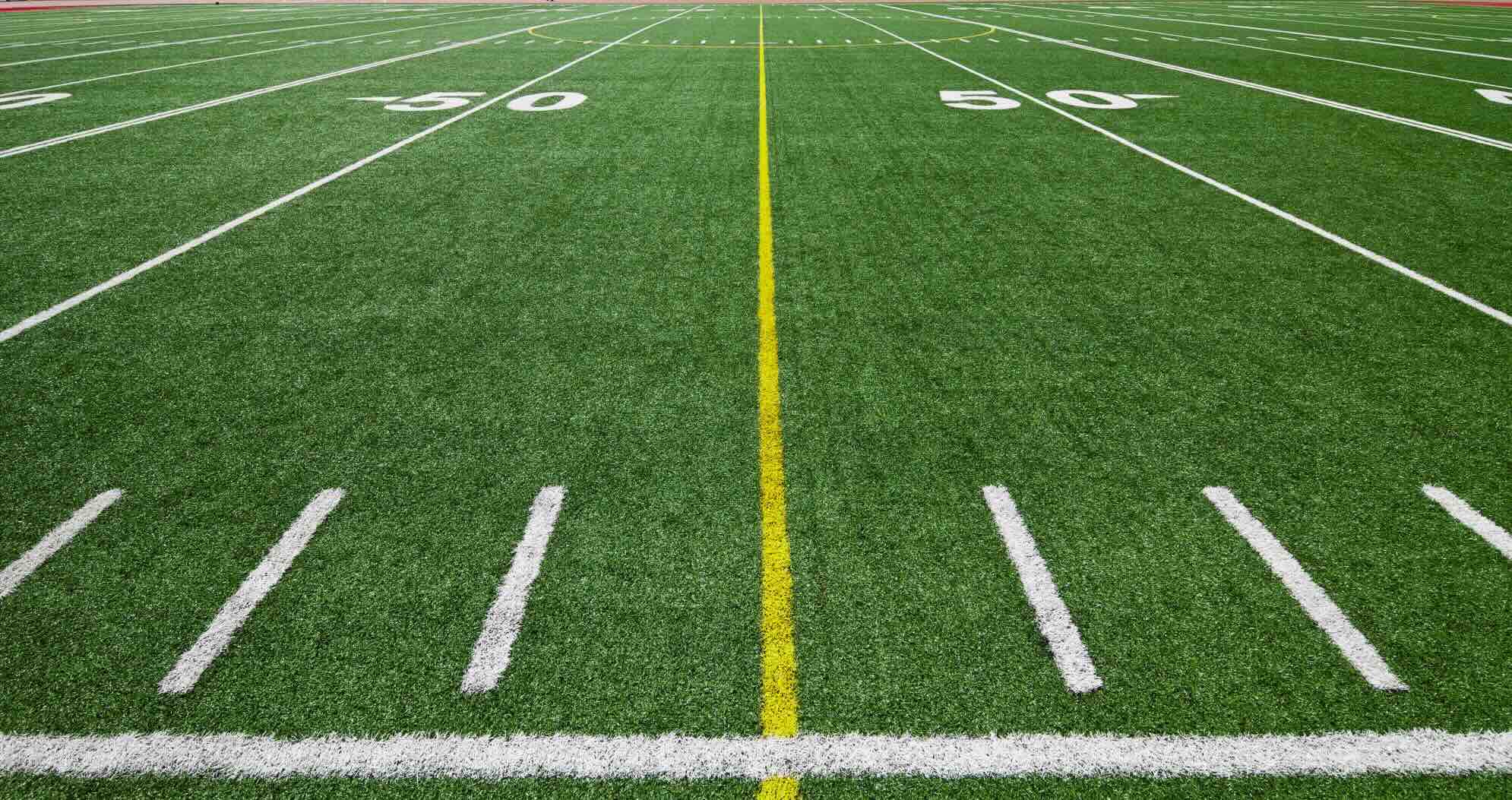
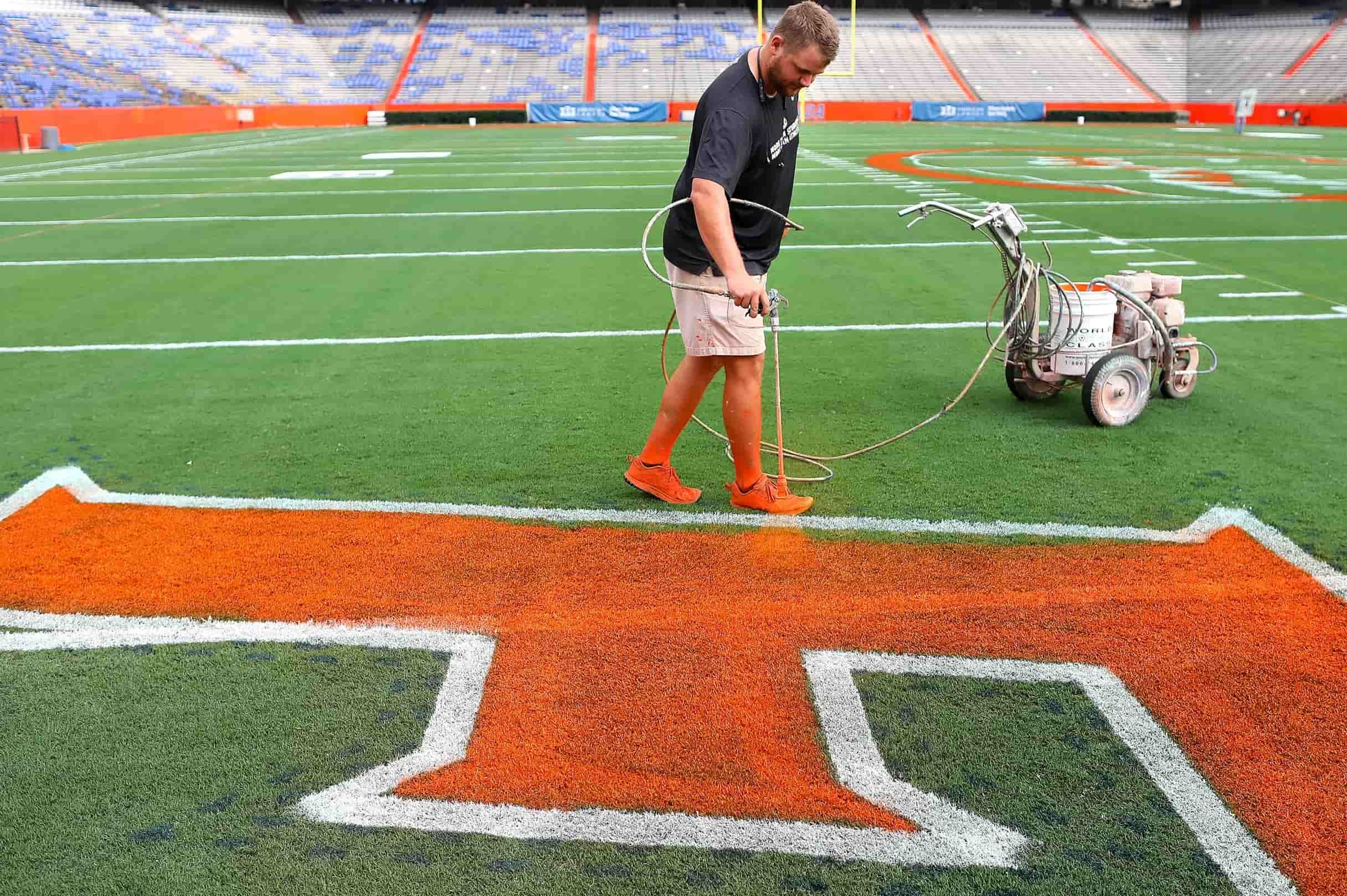
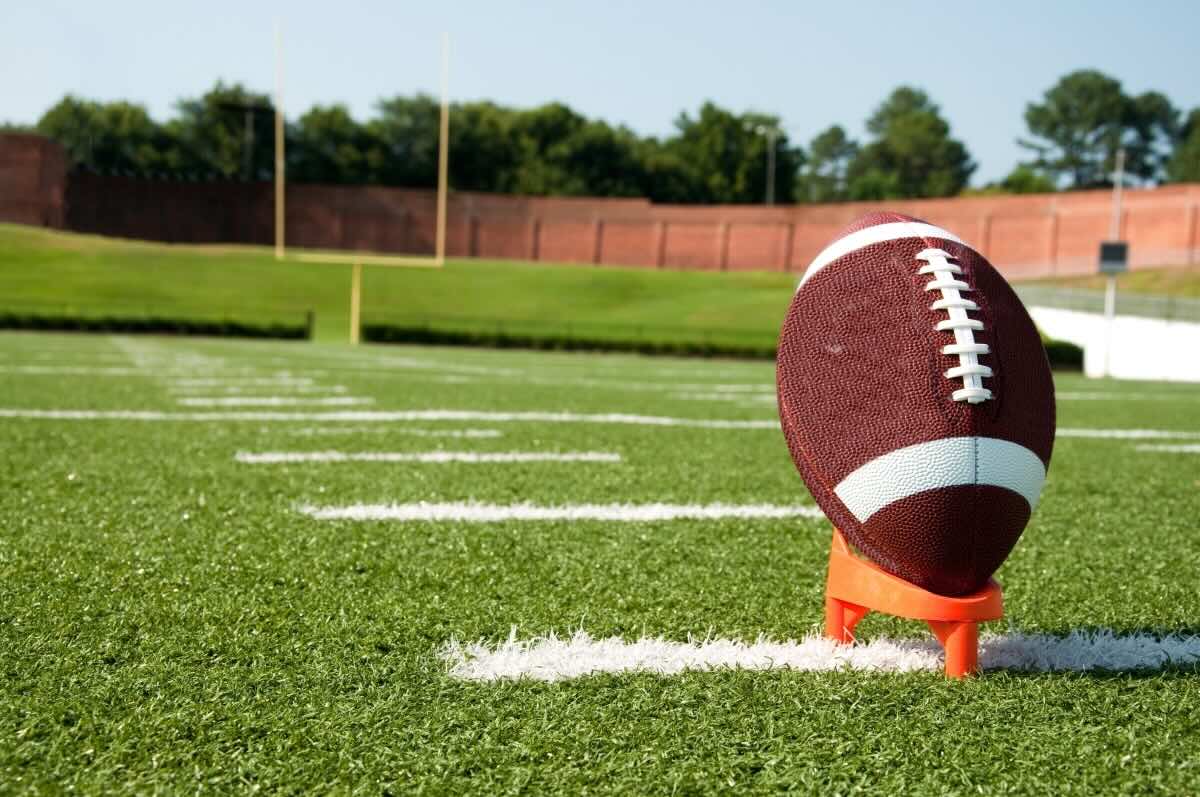
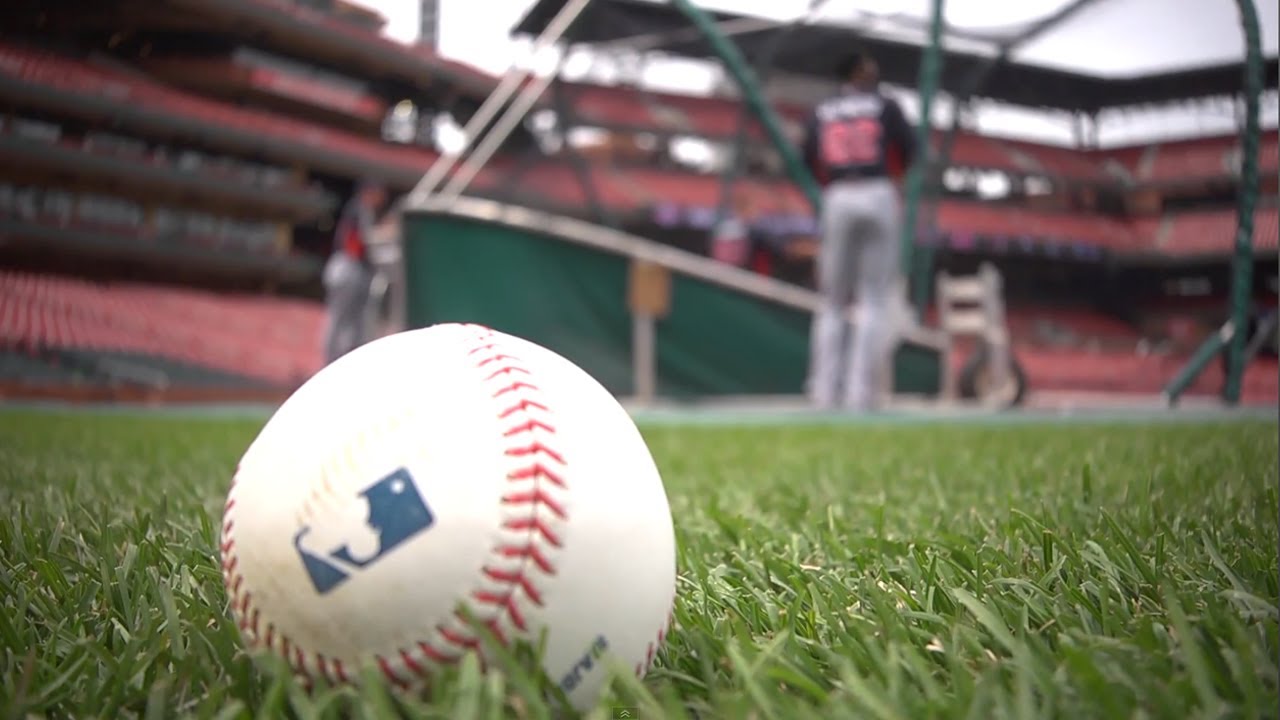
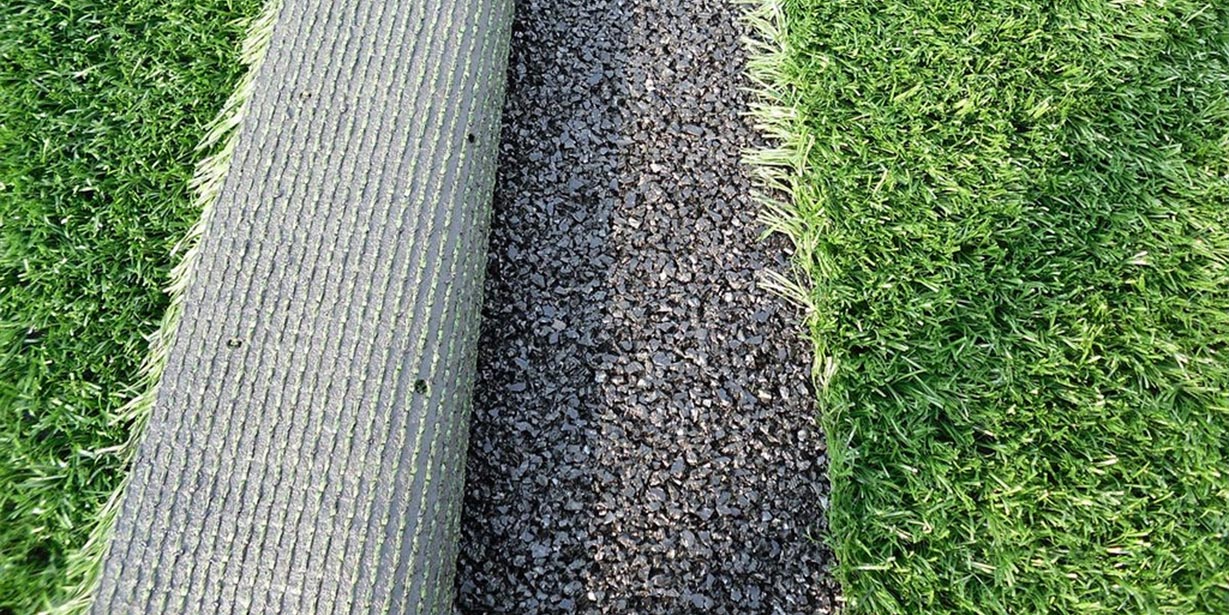


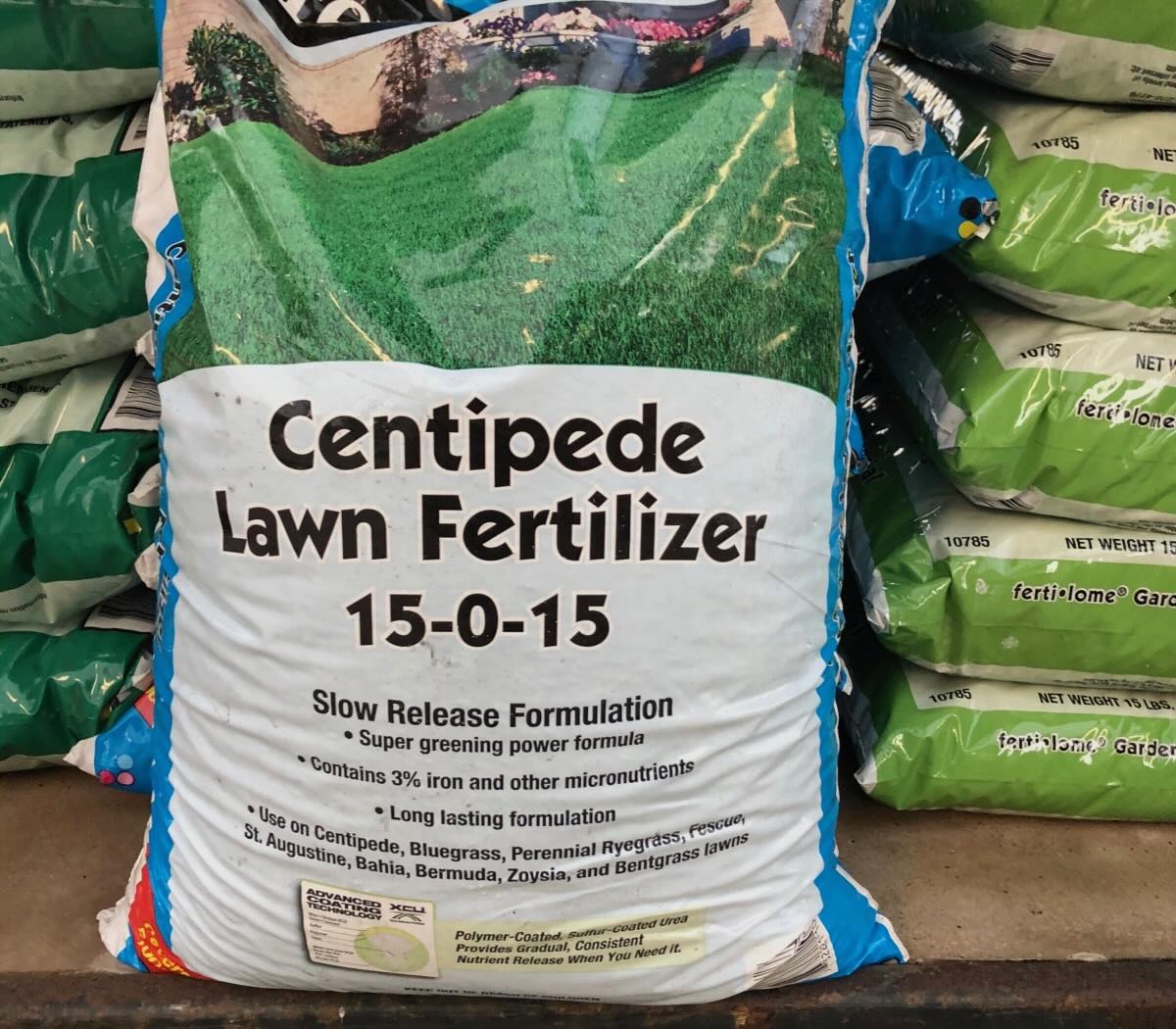
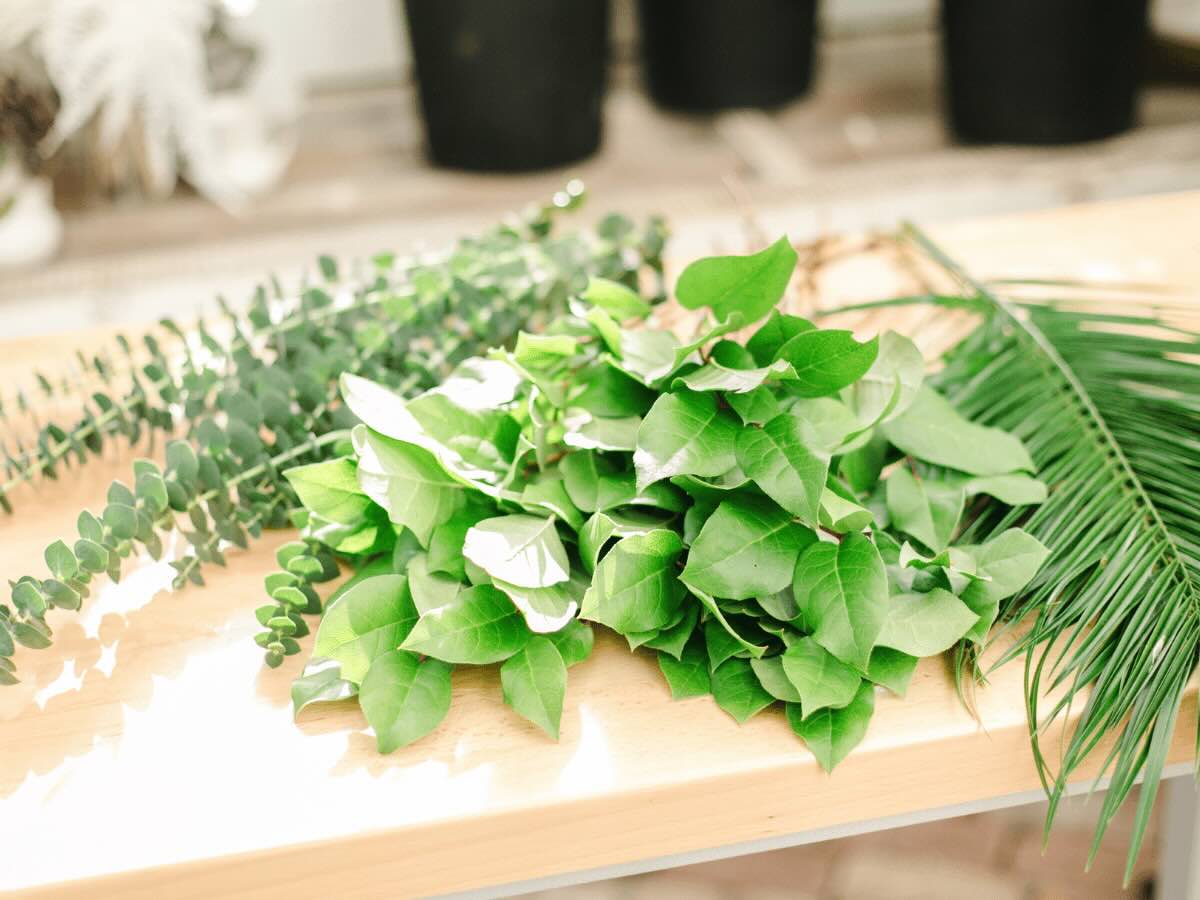
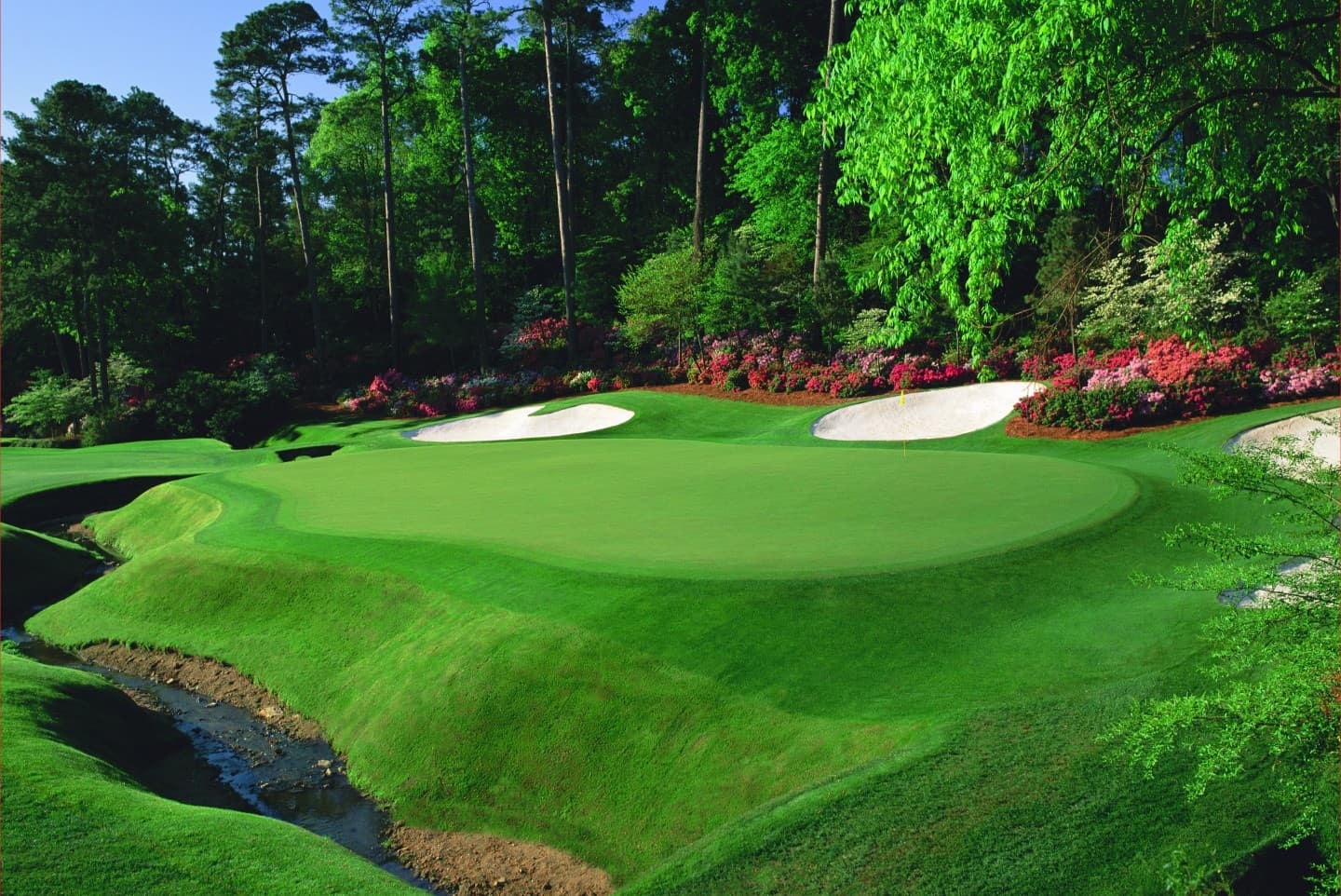
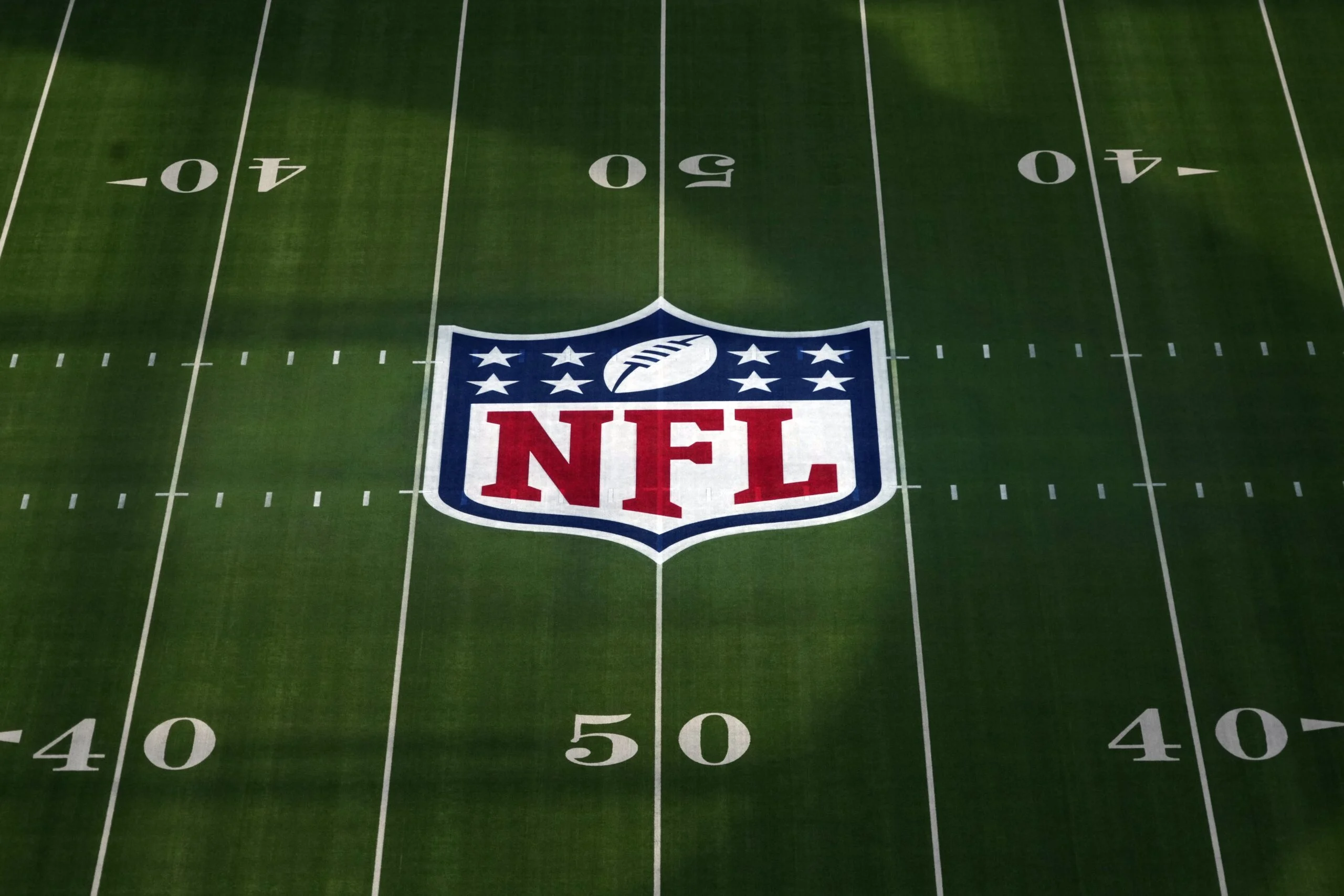
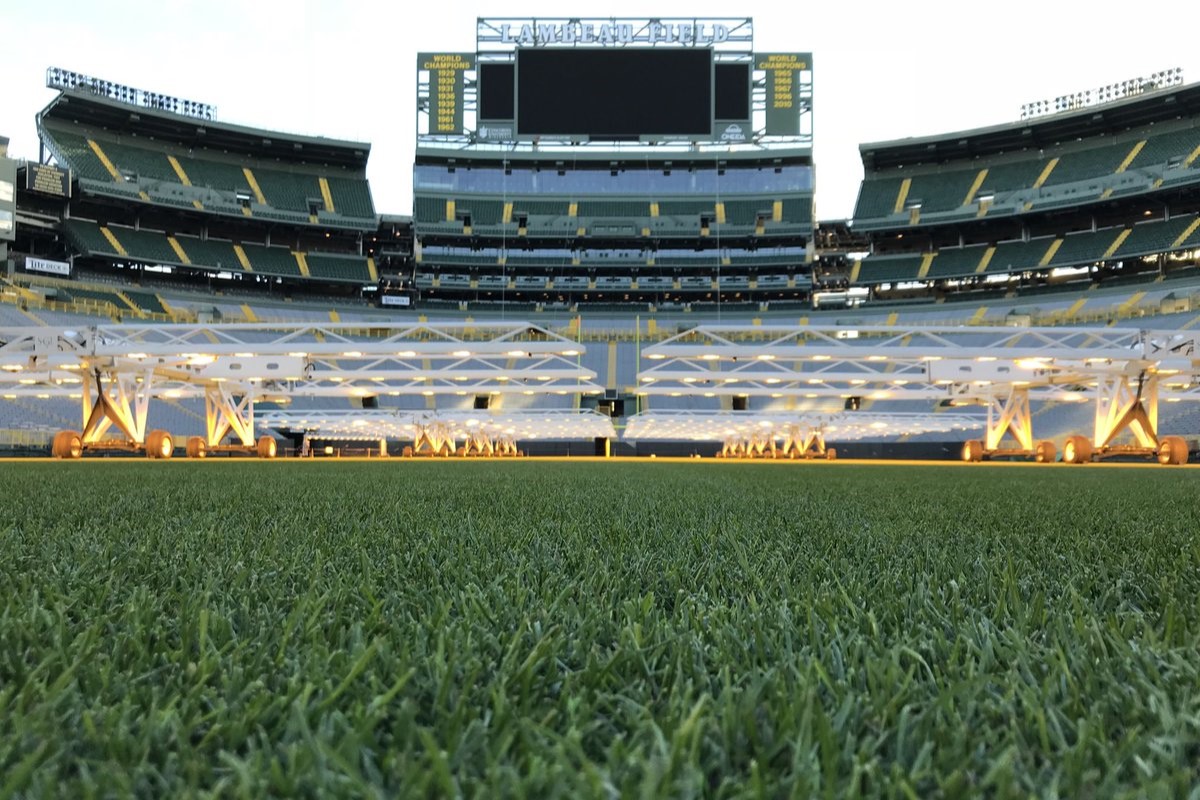
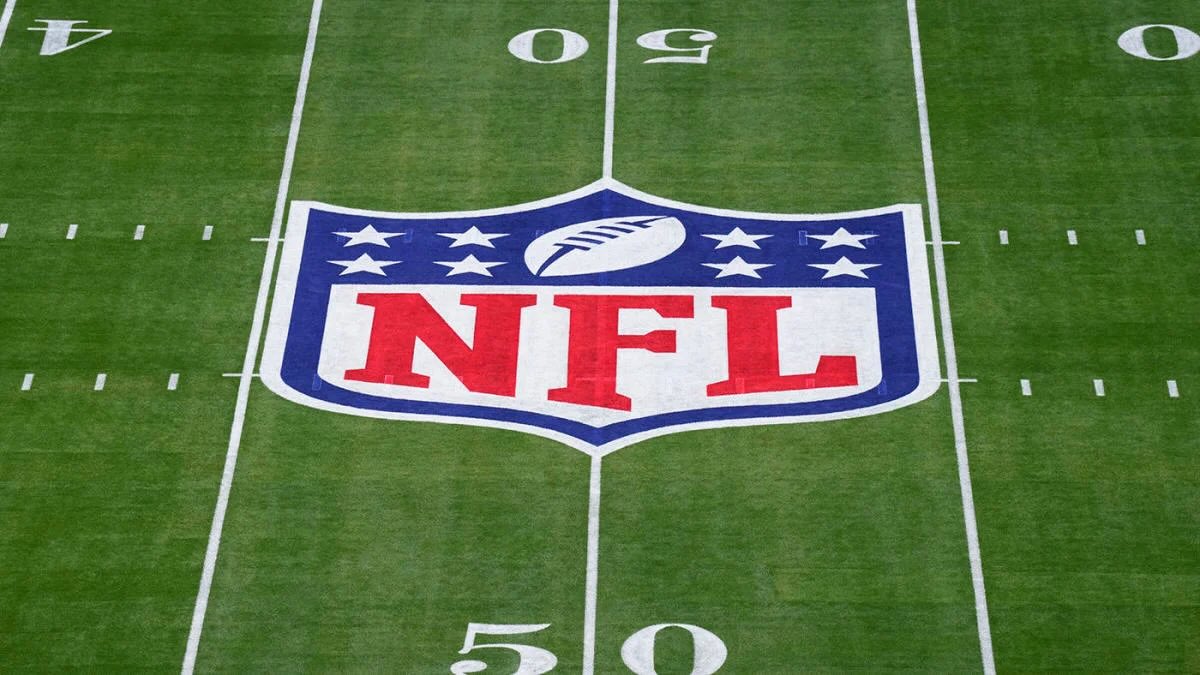
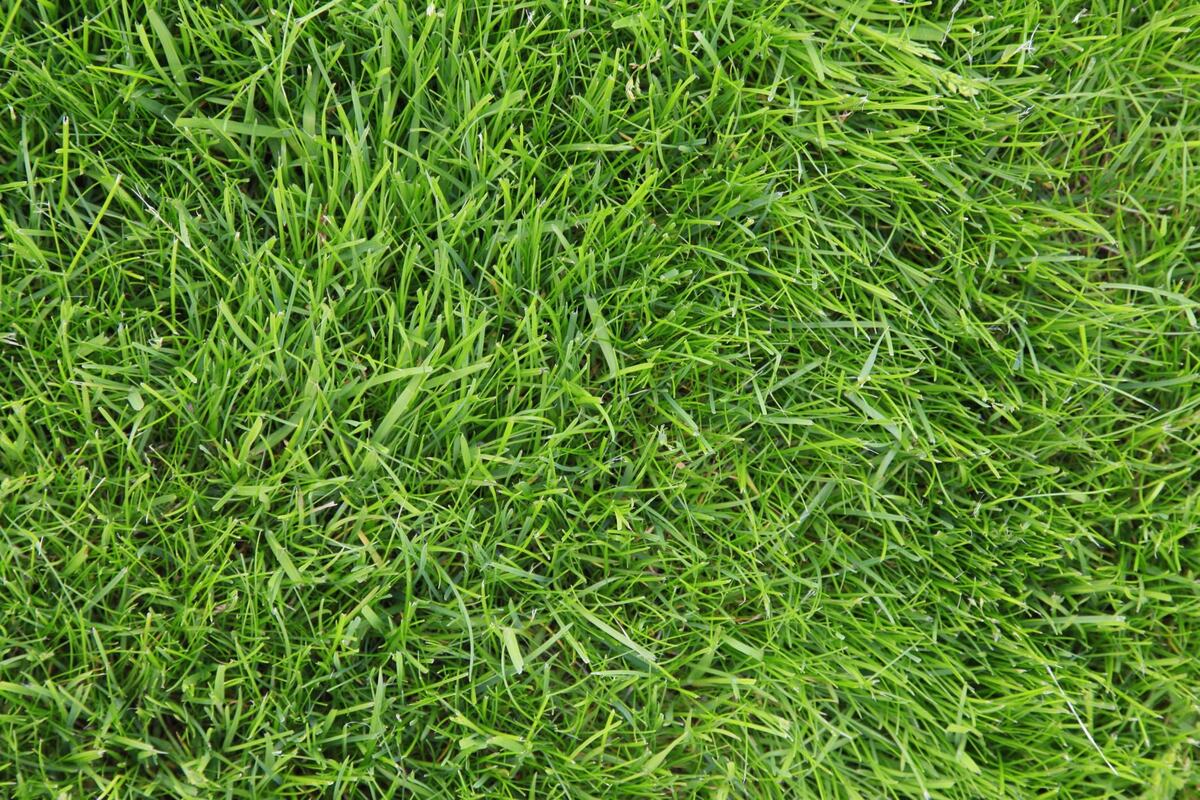

0 thoughts on “What Type Of Grass Is Used For Football Fields”